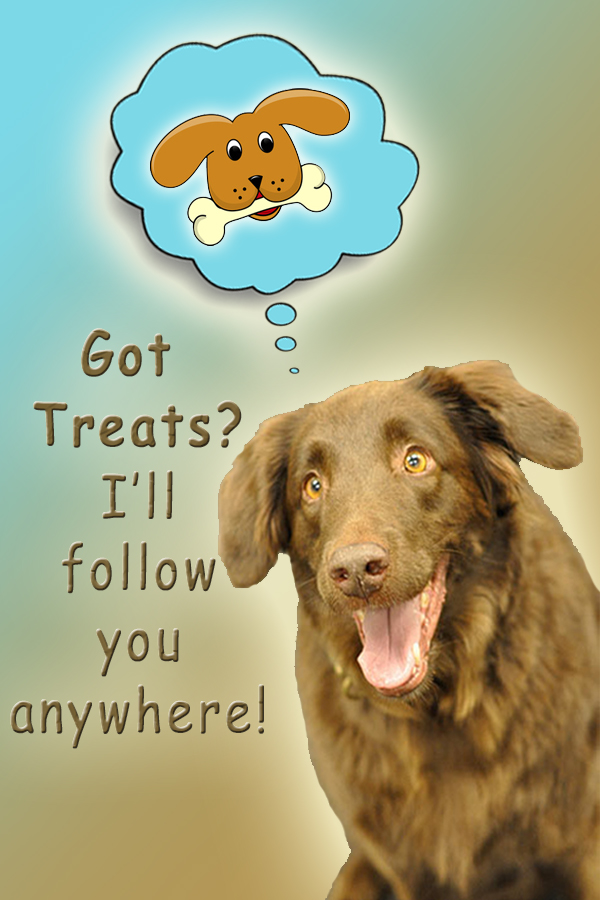Who says pet stories are irrelevant to business? Are you telling me this little piece of “pets art” — this animated pet story — doesn’t make you think pizza?
OK, so maybe you’re not in the pizza business. No matter. Whether you’re B2B or B2C, everybody—and I do mean everybody—responds to animals. You can present animal stories, be they images or stories you tell, and zero right in on your customers’ and prospects’ subconscious response mechanisms.
Animated GIFs like this one are irresistible. And they’re just one form of pets art that can have everything to do with making you a forerunner in your market. (Yes, storytelling is an art. If you don’t have it in your blood, you may want to try our pet storytelling lessons. More on that later.)
Want to know more about how companies like Coca Cola, Anheuser Busch, Geico, and others have crushed it with pet stories? And how you can, too? Bookmark this website, and come back often.
Where can you find the most powerful information to help you adjust your thinking and behavior for success? I recommend Robert Ringer’s book, Million Dollar Habits: 10 Simple Steps to Getting Everything Your Want. It may be twenty years old, but it’s packed with power for life and business that’s as evergreen as the connection between humans and animals. If you’re in business, this book will be invaluable to you. (If you’re not convinced, read the Amazon reviews of the book.)
Pawsitively dedicated to boosting your business,
Chiwah Carol Slater
The Pet Story Passionista
Founder, PetWrites.com, AWriteToKnow.com
Support Desk: petwrites@gmail.com
NOTE: This post may contain affiliate links, and (at no cost to you) I may receive a small commission on your purchase. For example, as an Amazon Associate I earn from qualifying purchases.


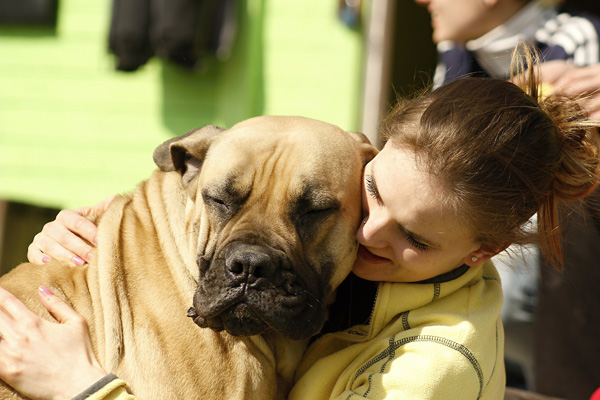
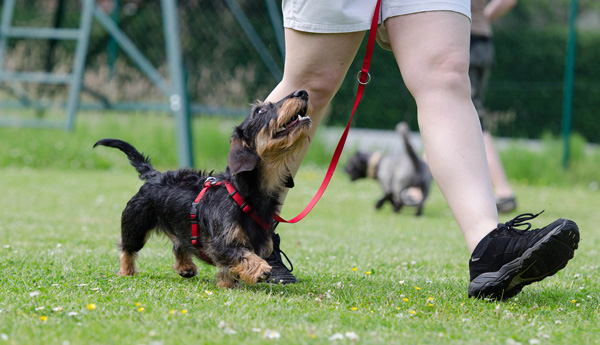
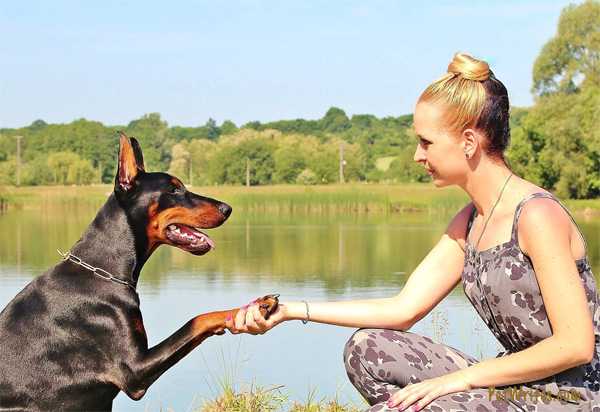


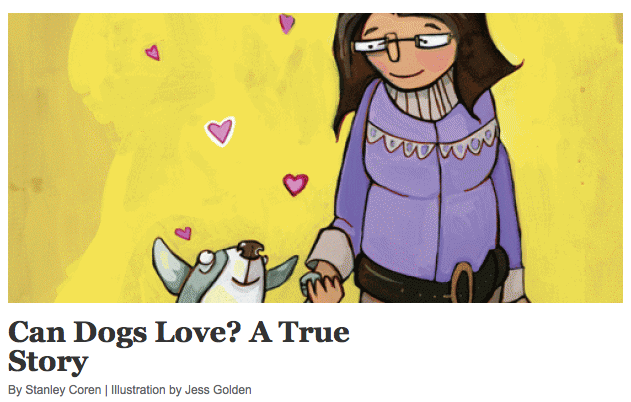


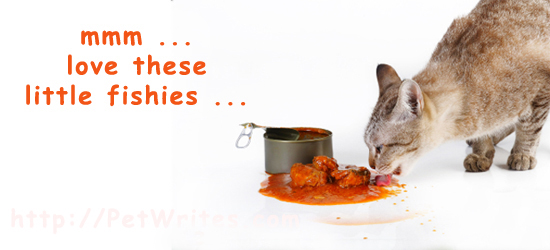
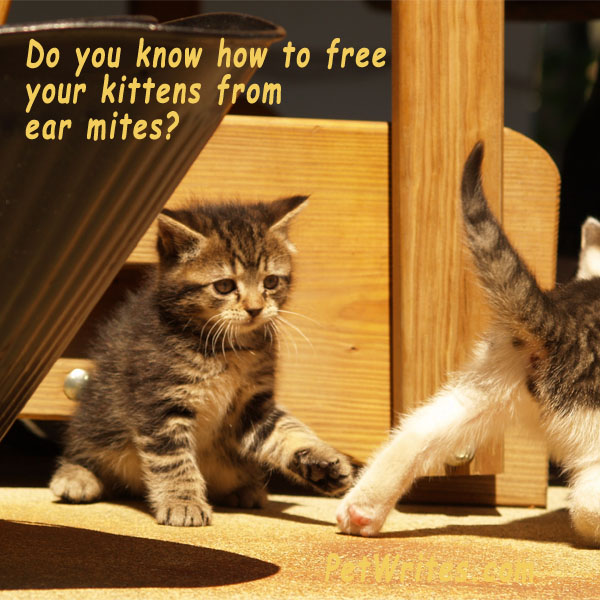 Would you know how to identify ear mites in cats?
Would you know how to identify ear mites in cats?
